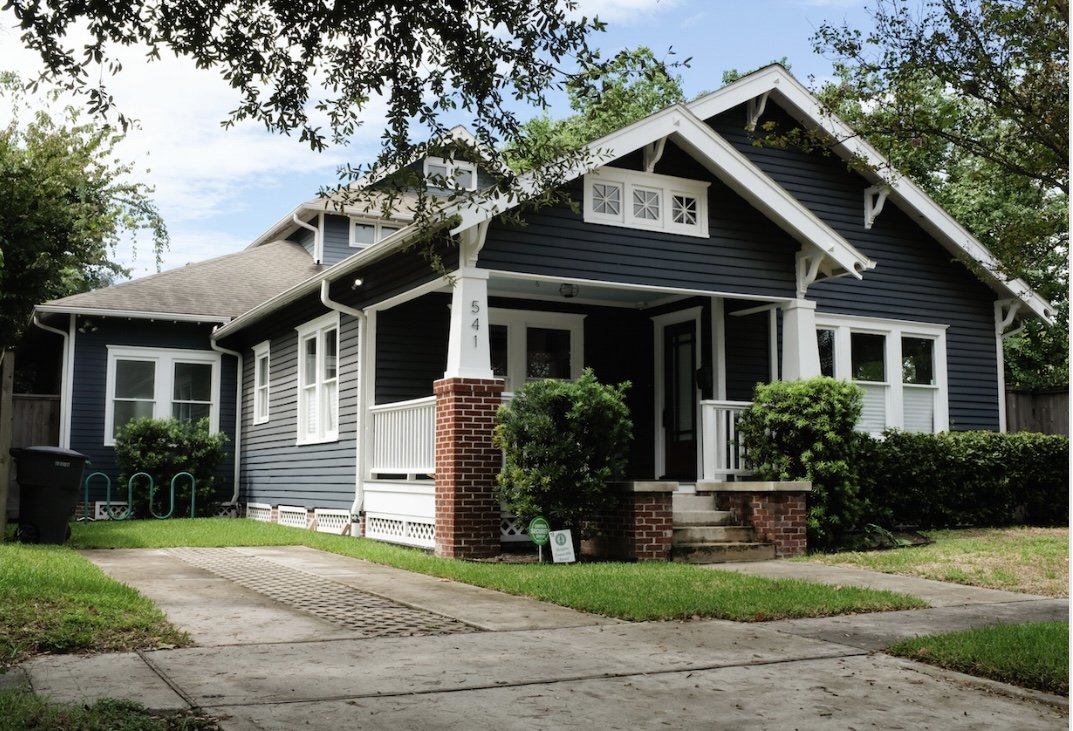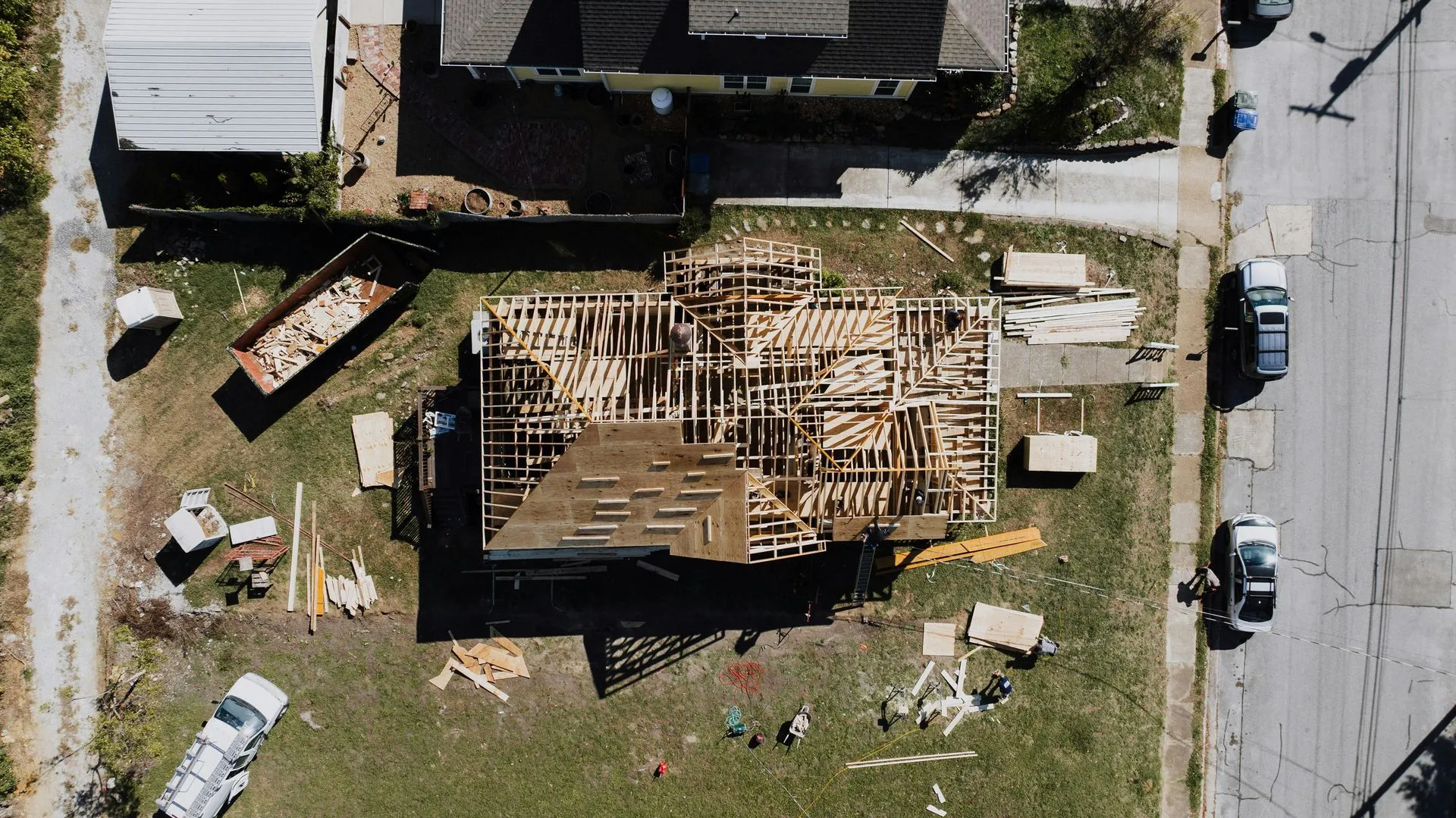
Text Link
Insights
April 9, 2024
Common Issues During A Renovation and How to Address Them

Renovating a historic house is a unique and fulfilling endeavor, but it comes with its own set of challenges. These homes, with their rich histories and unique architectural features, often present unexpected issues that can complicate the renovation process. Understanding these common problems can help you prepare and address them effectively. Here’s a guide to some frequent issues encountered during the renovation of historic houses and tips on how to tackle them.
1. Structural Issues
Problem
Historic houses often face structural problems due to age, wear and tear, or previous poor renovations. Issues might include sagging floors, deteriorating foundations, or unstable walls.
Solution
Conduct a thorough structural assessment with a qualified structural engineer or contractor experienced in historic renovations. Addressing these issues early on is crucial. Reinforce or repair the foundation, and use historically accurate methods to stabilize and restore structural components.
2. Outdated Systems
Problem
Older homes often have outdated electrical, plumbing, and HVAC systems that may not meet current safety standards or code requirements.
Solution
Upgrading these systems is essential for modern living and safety. Work with licensed professionals to update electrical wiring, plumbing, and HVAC systems. Ensure that updates are discreet and do not compromise the home’s historical integrity. For example, new wiring can often be hidden within existing moldings or wall panels.
3. Hazardous Materials
Problem
Historic homes may contain hazardous materials like lead paint, asbestos, or old insulation that can pose health risks during renovation.
Solution
Have your home tested for hazardous materials before starting renovations. If any are found, hire certified professionals to safely remove or remediate these materials. Proper precautions and containment measures should be in place to protect both workers and occupants.
4. Non-Original Alterations
Problem
Previous renovations might have altered or removed original features, making it challenging to restore the home to its authentic state.
Solution
Investigate the original design through historical research and old photographs. Reconstruct missing or altered features using similar materials and techniques. In some cases, modern reproductions may be necessary, but aim to match the original style as closely as possible.
5. Code Compliance and Permits
Problem
Navigating building codes and obtaining permits for historic renovations can be complex, especially when trying to balance modern requirements with preservation standards.
Solution
Work closely with local historic preservation boards and building officials to ensure your renovation plans comply with both modern building codes and preservation guidelines. Obtain all necessary permits before starting work to avoid legal and regulatory issues.
6. Material Sourcing
Problem
Finding historically accurate materials for repairs or replacements can be challenging, especially for rare or custom elements.
Solution
Source materials from specialty suppliers who deal in historic or period-specific products. Consider salvage yards or auctions for authentic materials that can be repurposed. When necessary, custom-fabricate materials to match historical designs.
7. Budget Overruns
Problem
Renovating a historic home can be expensive, and unforeseen issues can lead to budget overruns.
Solution
Develop a detailed budget that includes a contingency fund for unexpected issues. Regularly review and adjust the budget as needed. Prioritize essential repairs and renovations, and be prepared for possible additional costs.
8. Historical Accuracy vs. Modern Convenience
Problem
Balancing historical accuracy with modern convenience can be difficult. For example, integrating modern appliances while preserving period aesthetics.
Solution
Find creative solutions to blend modern conveniences with historical features. For instance, use discreetly placed modern appliances or fixtures that complement the home’s design. Consult with designers experienced in blending old and new elements.
9. Work with Unpredictable Conditions
Problem
Older homes may have hidden issues such as rotting wood, pest infestations, or moisture problems that are not apparent until renovation work begins.
Solution
Be prepared for surprises by including flexibility in your renovation plans and budget. Conduct thorough inspections before starting work and address any issues as they arise. Regular communication with your contractor can help manage these unexpected conditions effectively.
10. Community and Preservation Guidelines
Problem
Renovations in historic neighborhoods often require adherence to strict community and preservation guidelines, which can limit your options.
Solution
Engage with local preservation committees and neighborhood associations early in the process. Understand and follow their guidelines to ensure your renovation meets community expectations and contributes positively to the area’s historical character.
Conclusion
Renovating a historic house is a journey filled with both challenges and rewards. By being aware of common issues and preparing for them, you can navigate the complexities of preserving and enhancing these architectural treasures. Careful planning, expert consultation, and a commitment to historical accuracy will help you achieve a successful renovation that honors the past while accommodating modern needs.
Embracing these challenges with patience and creativity can lead to stunning results and a restored piece of history that stands the test of time.
Resources & FAQS
Explore More Resource Posts

October 18, 2025
What It Really Costs to Build a Custom Home (and Where Every Dollar Goes)Budgeting for a custom home means more than just multiplying square footage by a price. We break down where the money actually goes—from foundation to finishes—and reveal the hidden costs most homeowners overlook.

October 15, 2025
How Buildertrend Keeps Your Custom Home Build Transparent, Organized, and On TrackEver wonder how top builders keep everything on schedule? This post explores how we use Buildertrend—a cloud-based construction management platform—to streamline communication, track progress, and keep clients fully in the loop from day one.

October 12, 2025
Fixed-Price vs. Cost-Plus: Choosing the Right Builder for YouYour contract defines how your project is priced, billed, and managed. This article explains the differences between fixed-price, cost-plus, and hybrid contracts so you can make the right decision for your goals, budget, and peace of mind.
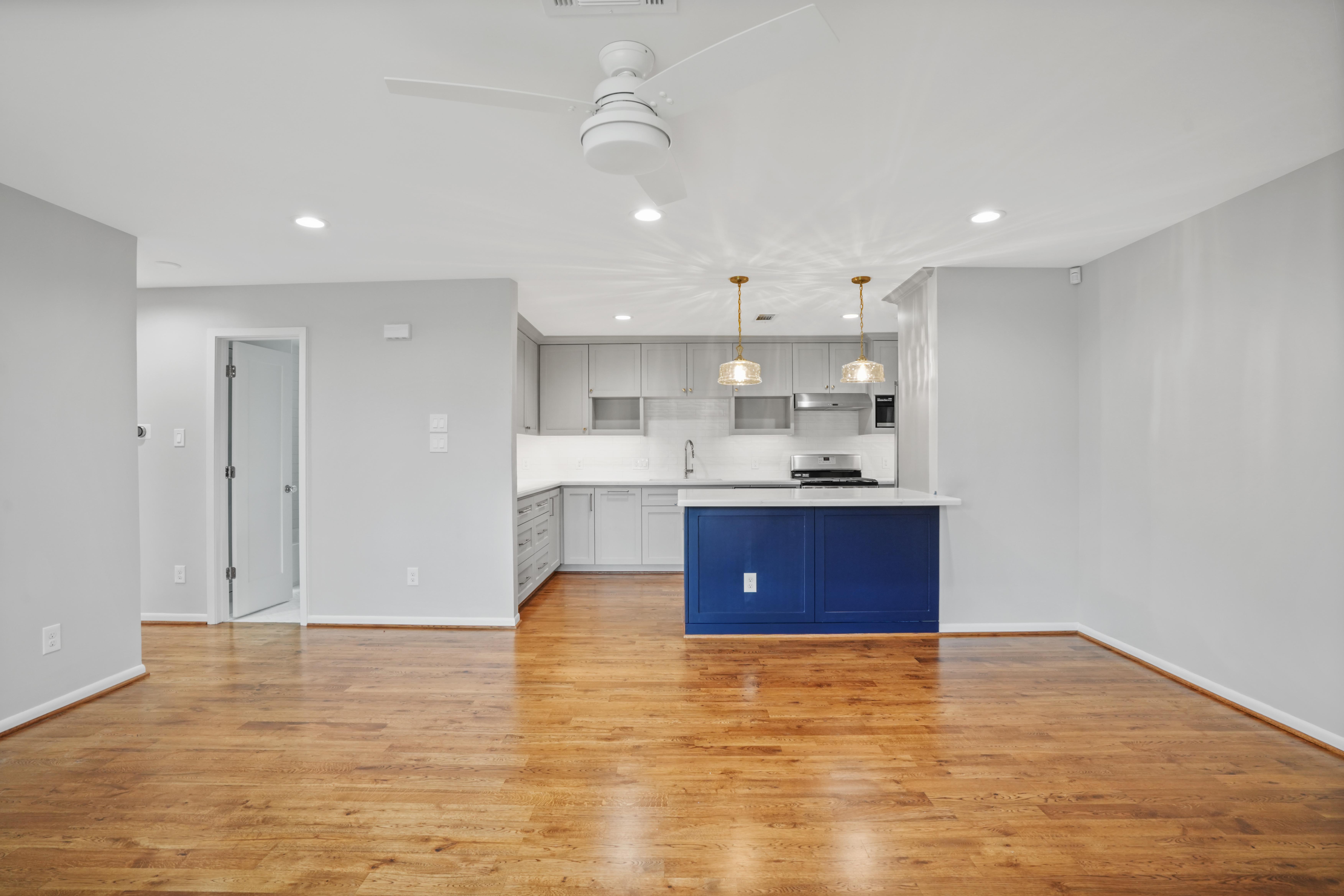
October 10, 2025
How Long Does It Really Take to Build a Custom Home? A Step-by-Step TimelineTired of vague answers about build timelines? Get a clear picture of what a 10–14 month construction schedule really looks like—from design to drywall to move-in. We break down each phase with realistic expectations based on Houston’s weather, permitting, and trade availability.
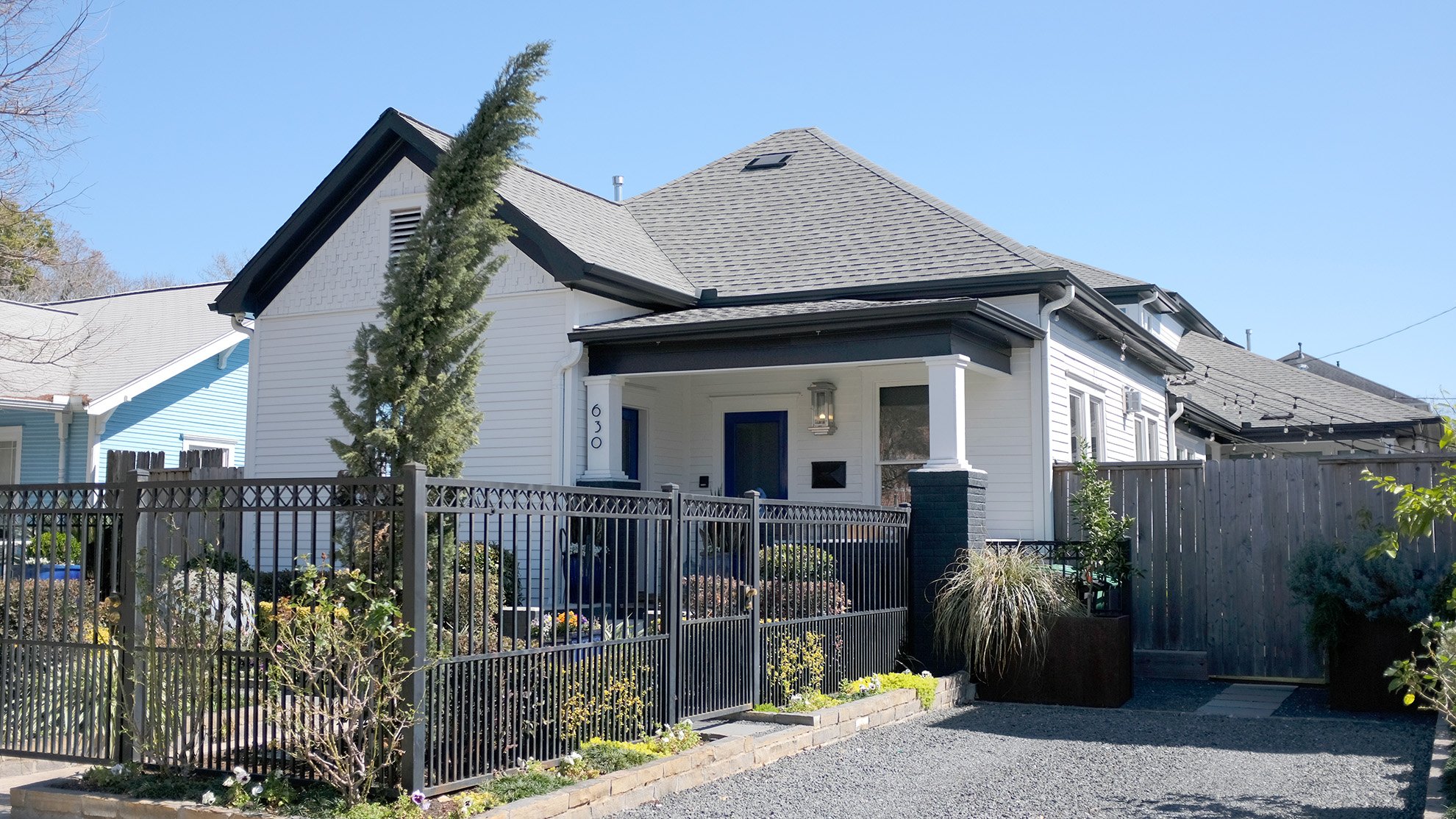
October 8, 2025
The 4 Habits of Every Great Home-Building Client (and Why Builders Love Working With Them)Want to be every builder’s favorite client? This article reveals the four habits that make custom home projects run effortlessly: clear communication, quick decisions, realistic budgeting, and trust in the process.
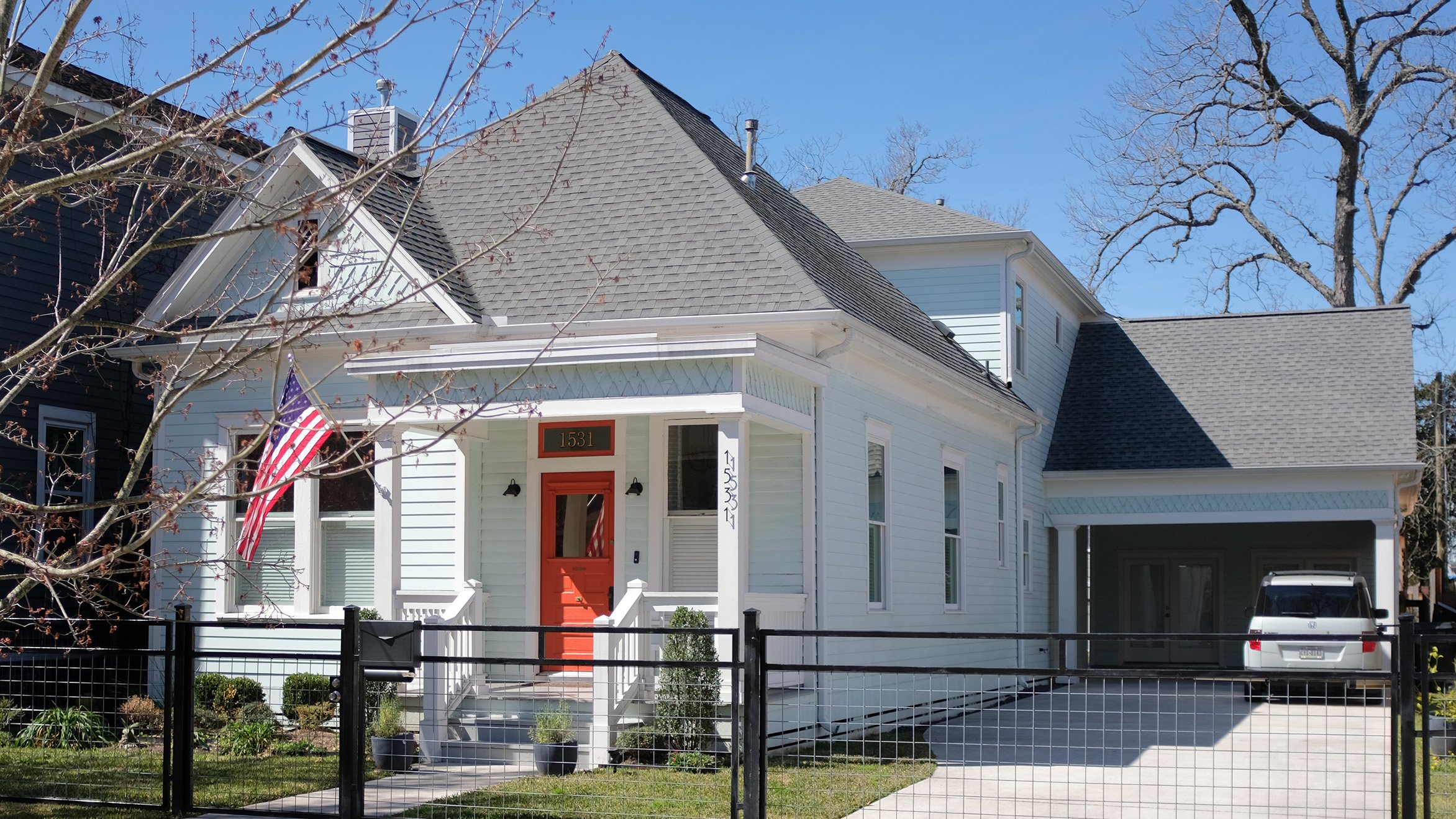
October 5, 2025
10 Hidden Delays That Can Derail Your Home Build—and How to Avoid Every OneDelays are the #1 frustration for homeowners—but most are preventable. From permitting hang-ups to late selections, this guide breaks down the ten most common causes of construction slowdowns and what you can do to avoid them.
Contact us today
Let's Build Your Dream Home
Contact us today for a personalized consultation and discover how we can transform your space.
